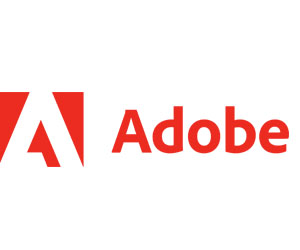Students See Increased Opportunities Through Digital Literacy
Digital literacy encompasses a set of creation and communication skills that students use in the pursuit of their education and preparation for the job market. Candidates who are experienced with these tools and possess the soft skills to use them effectively are in high demand.
“FSU’s approach to digital literacy is to expose our students to a multitude of technologies that will demonstrate to employers that our students, post-graduation, have the ability to learn and adapt to technology,” says Molina.
Some students aren’t waiting for graduation to put their digital literacy skills to work.
“Many of our students are entrepreneurs,” explains Sheneese Thompson, associate professor of language, literature and cultural studies at Bowie State University, located in Bowie, Md. “They are using their digital skills to create social media, branding kits and websites to get their businesses started. We love being able to support these students in their efforts.”
Adobe Creative Cloud Supports Digital Literacy Efforts in Higher Ed
One of the most common platforms in higher education facilitating the growth of students’ digital literacy skills is Adobe Creative Cloud. Creative Cloud offers students and faculty access to a portfolio of digital tools including Adobe Photoshop, Adobe Premiere Rush, Adobe Express, Acrobat, Adobe After Effects and Adobe Audition.
Using these kinds of digital creation tools helps students grow into pervasive communicators, able to creatively express their knowledge and understanding of the subjects they are studying.













